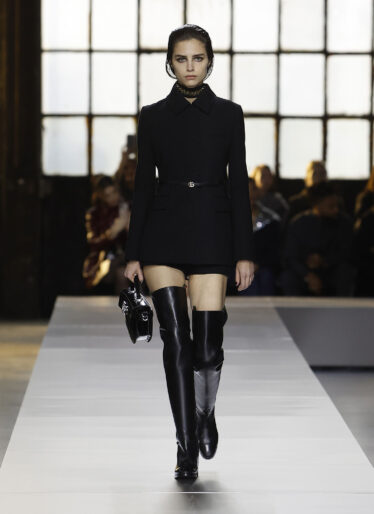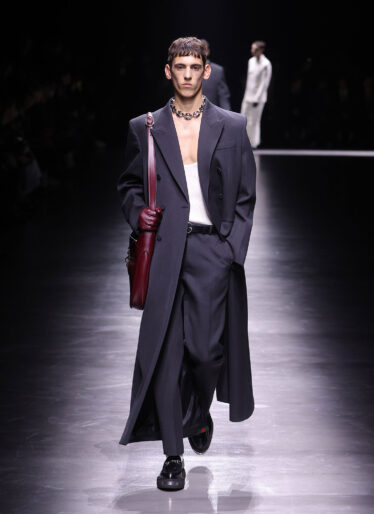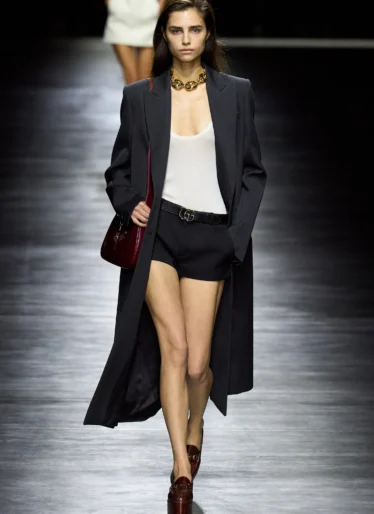Gucci

When Guccio Gucci laid the foundations of his company, he probably didn’t envision the immense cultural impact it would one day hold. Beginning in Florence in 1921 as a modest luggage business, Gucci has since cultivated a slew of renowned trademarks that have allowed it to weave itself deeply into the fabric of mainstream culture, distinguishing itself as a unique entity among Italian brands.
The substantial expansion of Gucci was initiated by Guccio’s eldest son, Aldo, who with his distinctive business acumen, positioned the brand as the preferred accessories provider for the flourishing elite of Europe by the late 1960s, garnering patronage from eminent personalities like Queen Elizabeth II to Elizabeth Taylor.
Continuing the legacy, Aldo’s son Paolo heralded a revolutionary period for Gucci in the late 1960s by introducing clothing lines. The distinct style and aesthetic associated with Gucci started taking shape by the early ‘70s, characterized by sleek designs and luxurious textures.
However, the extensive appeal of Gucci became a double-edged sword. Overextension and internal conflicts by the early ‘80s impacted the brand’s essence, and the founding family relinquished control in 1993.
Paolo’s innovations paved the way for Tom Ford, who upon becoming the creative director in 1994, reinvigorated the brand’s image, reestablishing its legacy of elegance and opulence. Under his tenure, Gucci experienced a transformative resurgence, achieving global recognition.
In 2004, after managerial control was acquired by the French holding company now known as Kering, Ford exited, leaving an extensive legacy and large shoes to fill, having elevated the brand’s worth to $4.3 billion from the brink of bankruptcy. Subsequently, Frida Giannini, a relatively reserved accessories designer, assumed the mantle in 2006, after being part of the design team for five years, overseeing various sectors of design. Despite a significant tenure, her period witnessed fluctuating success, and Alessandro Michele succeeded her in 2015, orchestrating a remarkable revival of Gucci’s fortunes.
The creative realm of Gucci is now under the leadership of Sabato De Sarno. De Sarno, known for his visionary approach to design and deep understanding of brand aesthetics, is expected to propel the house of Gucci to new heights, amalgamating the traditional elegance of the brand with a fresh, contemporary essence.






